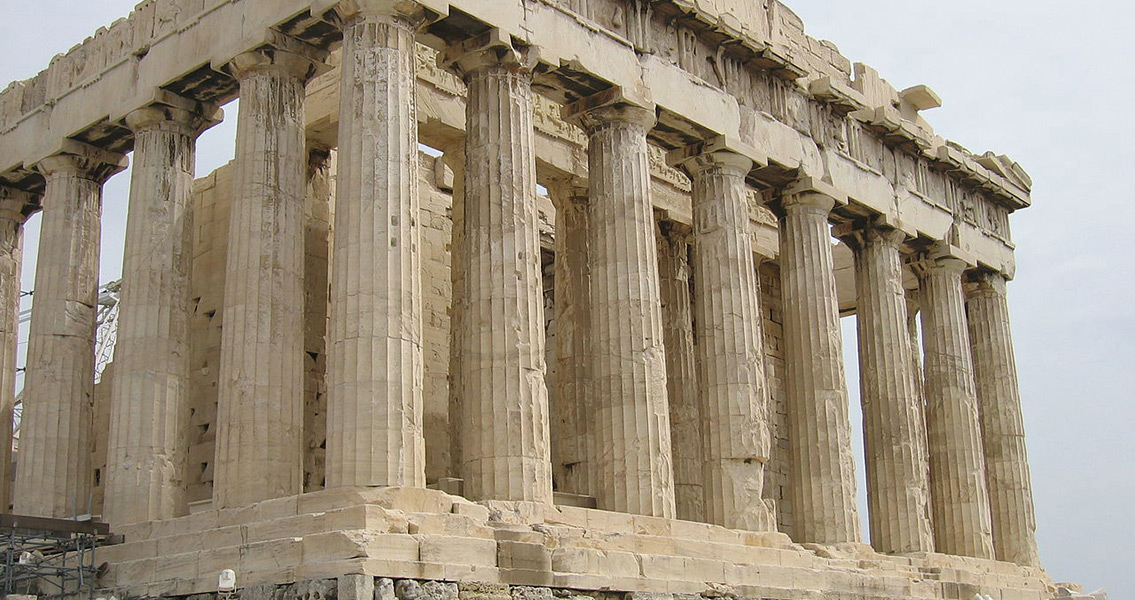<![CDATA[The attic of the Parthenon was probably the place where Athens stored its silver and gold, a team of researchers has suggested, based on historical records and a reconstruction of the attic, Live Science reports. It has long been known that at least part of the ancient city-state’s money was stored in the Acropolis, but no record from the period, the fifth century BCE, specifies exactly where. According to the researchers, however, the dimensions of the Parthenon’s attic and the weight of the coins that the Athenians had at their disposal at the time point to that precise place. The attic of Athena’s temple measures 19 by 50 metres and was three metres high at the centre. Although it has now been fully destroyed, at the time it was larger than three tennis courts and was maybe floored with thick cypress beams, capable of holding a substantial weight. In addition, there is one surviving staircase that led to this attic and the scientists believe it was used for practical rather than ceremonial purposes, which would support the suggested function of the attic. One further argument in support of this is the fact that the Parthenon was a secure place. Being a temple to Athena, the patron goddess of the city, thieves were unlikely to try to get their hands on any money stored there. The Parthenon was dedicated to Athena around 434 BCE, Live Science notes, and this was probably when the state’s silver and possibly gold coins were stacked in the attic. There were substantial silver deposits around Athens at the time, so the researchers assume silver was the bulk of the treasure. They calculated the possible weight of the money and have come up with quite an impressive figure. One historical record they used for instance, mentioned the amount of 3,000 talents being stored in the Acropolis. One talent was equal to 1,500 tetradrachms, and the tetradrachm was the coin with the highest denomination at the time. This means that just this one “cargo” consisted of 4.5 million tetradrachms with a total weight of 78 metric tonnes. In other historical documents, authors mention that the Acropolis coin storage sometimes held up to 10,000 talents, which would have weighed 260 tonnes. It is also possible that some of the coins were gold, in which case the total weight would have been smaller, as gold is heavier than silver and there would be fewer gold coins in a talent. However, study author Spencer Pope from the McMaster University in Canada told Live Science that little gold was minted in Athens at the time, because of the abundant reserves of silver. In the fifth century BCE, Athens was a flourishing city state, dominant among all Greek cities at the time. It was the biggest military power in the region and provided protection to its neighbours in exchange for tributes. During the same period it actively warred with Sparta, for which it needed a lot of easily accessible money. Based on the historical evidence and the additional advantages of the Parthenon’s attic discussed above, this seems to have been the most likely place where the money was stored, although the study authors concede that the wealth may have been distributed among several buildings. Image courtesy of Wikimedia Commons user: Tim Bekaert]]>
Was the Parthenon Athens’ Treasury?
